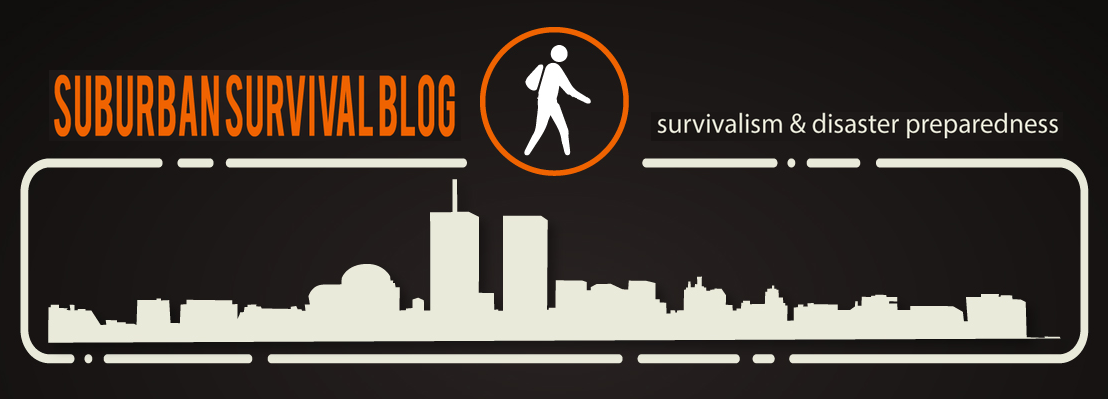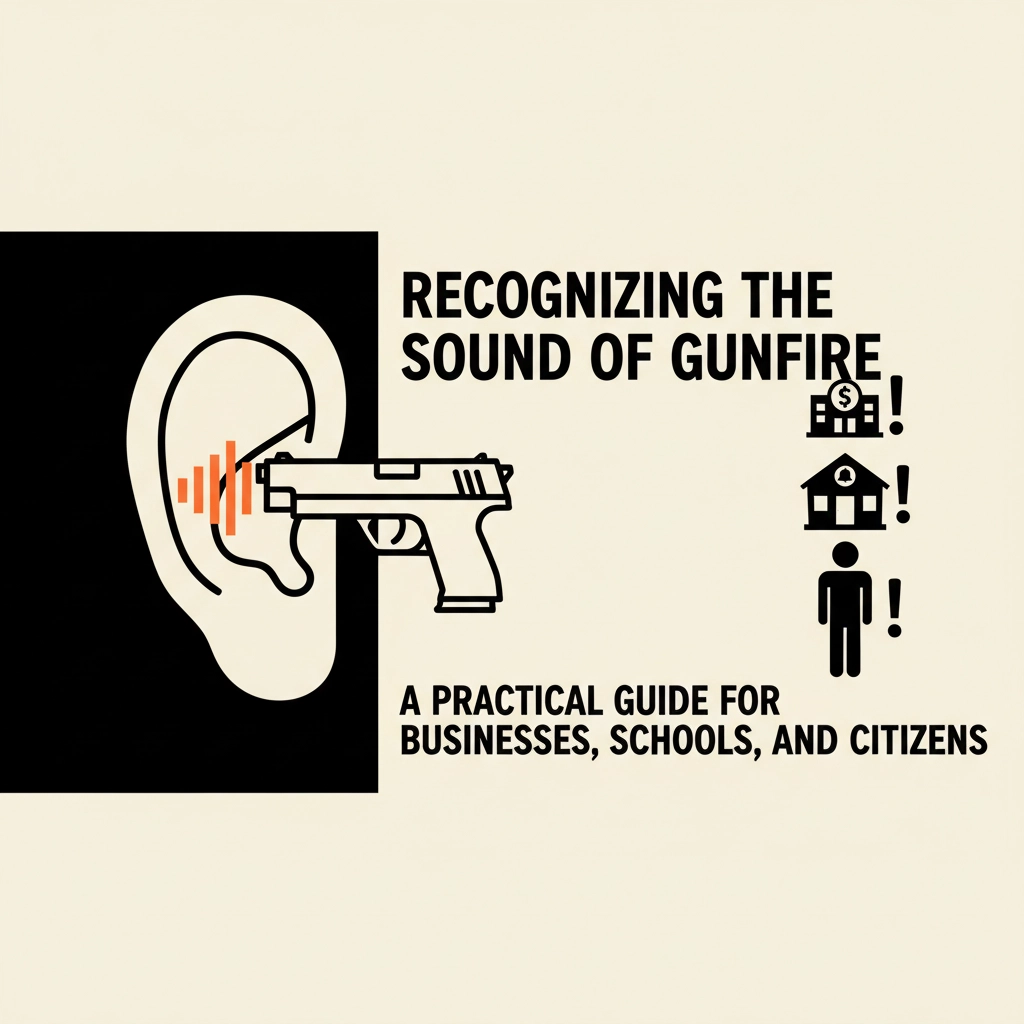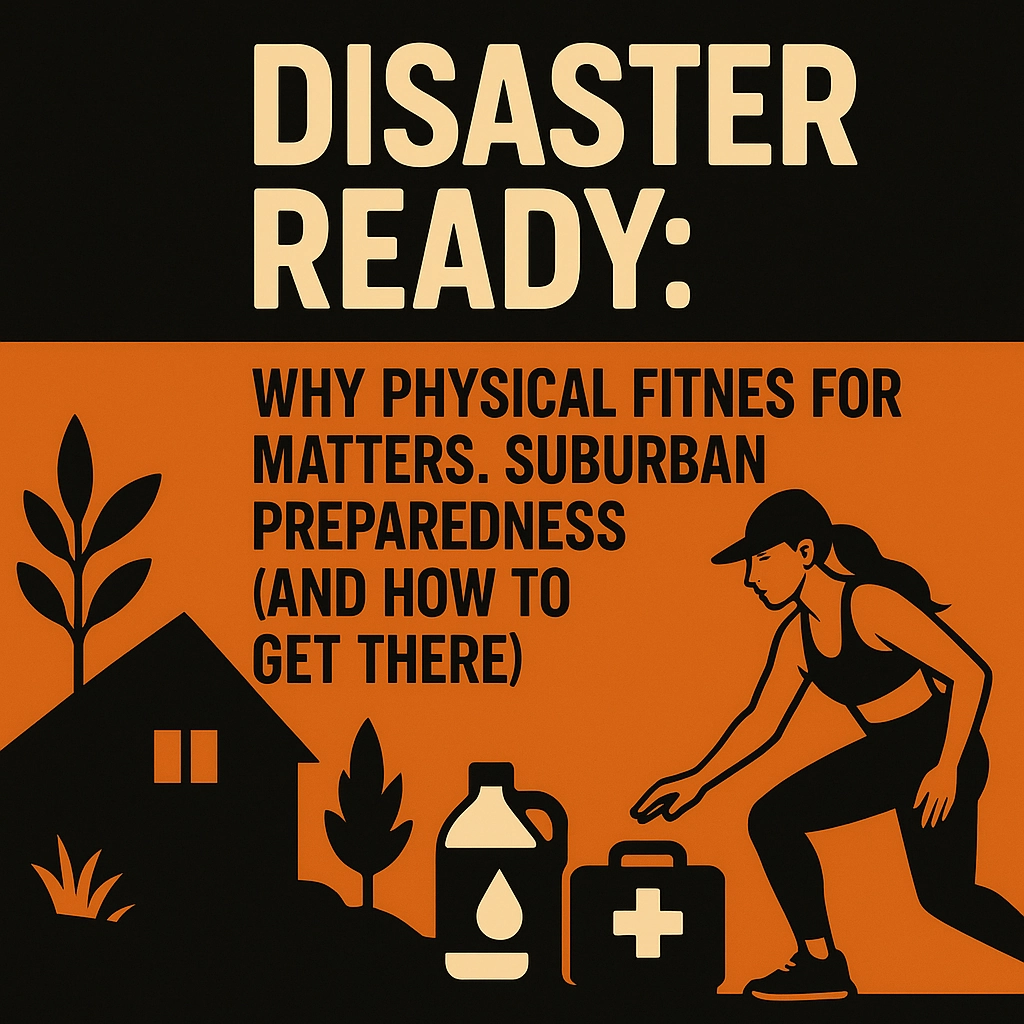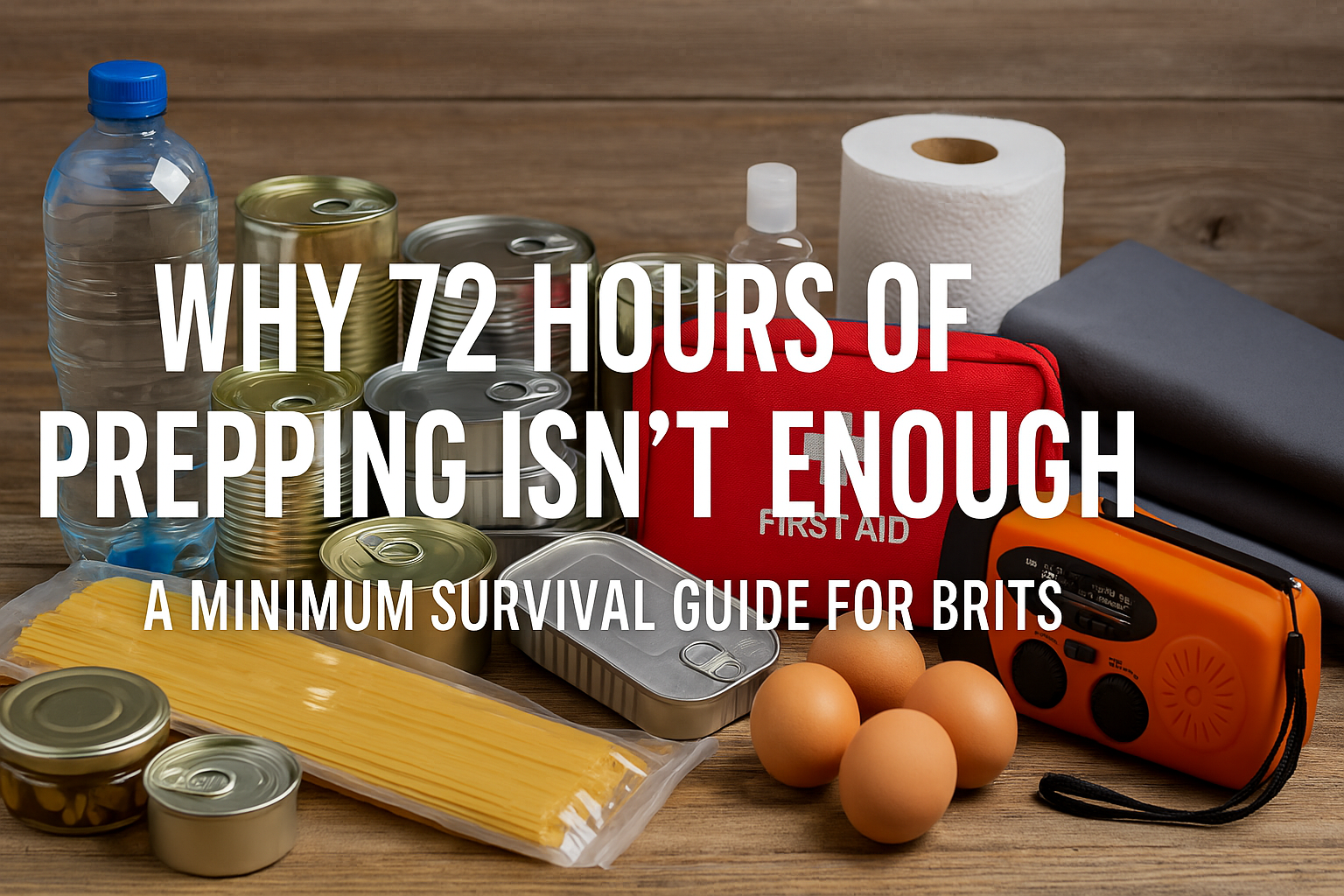Last week, I discussed water storage and what I my preparations are in this area. This post will discuss my food storage preps and how I approach the issue.
This is a much more complex subject because everyone eats different food and will approach food preps in a different way. At the heart of the matter is the ability to survive an extended outage in the supply of food from supermarkets. Philosophically, the approach that I took was deciding upon how many days I wished to survive and then build a plan from that.
A good target for anyone is to have one year of food storage. This is a good, round number, perhaps a little arbitrary. A year would provide enough time for the world to sort out a major issue as well as provide a stock of food to give to my less-prepared neighbors. Unfortunately, the required space is just not available for this. I have set a more realistic target of 90 days and even that might not be possible in the amount of room my wife would be willing to support.
Fundamentally, the issue is about calories. 90 days of calories at 2000 calories per day per person equates to 360,00 calories. The only way I have found to determine progress towards this goal is to track in a spreadsheet. The spreadsheet also serves to track the location and “best by” or expiration dates. Expiration dates are a huge part of a long-term plan. You must rotate or refresh stock or the food will spoil and become worthless. A spreadsheet is an excellent tool to prevent worthless food from accumulating and also track the total number of calories available.
Another issue that one has to confront is conventional wisdom. If you read prepper forums or listen to podcasts, the popular phrase is “store what you eat, eat what you store”. In principle, I agree with this approach, but have modified it to suit my situation. After a year of dividing food stocks into three different categories, I must say that it is working quite well for me. That is, the things that I eat on a regular basis, I store and rotate. The things that store well, that I don’t eat on a regular basis, I have stored in packages with shelf lives in excess of two years. This is supplimented with mylar bags full of grains and O2 absorbers.
For example, I eat canned or foil bags of tuna on a regular basis so it is easy to rotate my stock. I have cans of beans, soups, vegetables, salmon, chicken, ect with shelf life beyond two years. I don’t eat a lot of pasta and beans so have used mylar bags and oxygen absorbers to put these products into long-term storage. The final piece of the plan involves commercial supplies with long shelf lives and/or quick preparation. Early on, I made the “mistake” of panicking and purchasing Mainstay rations. I would never eat such a thing except in an emergency, but those have a place in food stores. They last a long time, are compact and mobile. I have, thus, put a brick in my get home bag.
Another subject surrounding food is how to store it. Another mistake I made was buying several large, 50 gallon totes. I bought those after hurricane Katrina and Rita struck the gulf coast and filled with food. Unfortunately, once they are full, they were too heavy to lift. Duh! So, my new storage system are smaller totes that would fit under the bed. You can put a single layer of cans and the like into these totes and still move them around. I would estimate my totes weigh 40 lbs each. They are also clear so that I can see what is inside. I currently have six totes with four being under “my” side of the bed and two more into the garage. I can definitely clean out more places in the garage and put several more totes.
I purchased these containers for my mylar bags of beans, rice and pasta. To be frank, I would not recommend them. Sure they stack, but the opening was barely big enough to squeeze 1 gallon mylar bags full of beans. They were also expensive. If I had the courage, I would have just filled them with rice and/or beans and threw a bunch of O2 absorbers. The lids would have probably stayed sealed, but I just felt I needed that extra level of production for the long-term stores. Additionally, imagine opening the entire container just to get a couple of cups out. That would just be a waste. So, I packaged in mylar and put into the containers. A very expensive experiment and one I would not recommend. Use 5 gallon buckets, mylar bags and O2 absorbers and be done with it.
So, how far have I gotten? I have successfully stored 207,000 calories or almost 51 days for my wife and me. That is 57% of the plan. In the interest of time, I have decided that I will start purchasing commercial, long-term stores. I have recently purchases some MRE’s from Emergency Essentials. I figure these will take a place in my GHB as well as the family’s Bug Out Bags. My order will add 14 more days of stores for each of us giving me 65 days of food.
I am concerned that I don’t have some issues figured out:
1) Do I have a good mix of good mix of breakfast, lunch and dinner food?
2) Do I have a nutricious mix of foods (vegetables, fruit along with protein, fat and carbs)?
3) If the shit really hits the fan and the natural gas pipeline goes down, will I be able to cook the dried beans and rice? I have some canisters and a camping stove. I also purchased a solar oven, but the oven clearly does not work on cloudy or rainy days.
4) What if the emergency lasts longer than 90 days? For this reason, I have started a garden so that I can at least grow some food. With such a small urban lot, that would not be much comfort. As a backup plan, I would like to have an idea how to approach an emergency garden. That is, how would I transform more of my property into a garden should it become necessary. Hmmm…that sounds like the subject of a future post. 😉
I hope this has given you some insight into a personalized food storage plan, at least one that is working for a urbanite with limited space.
Please give me your comments and questions.









Your worry about if you’ll be able to cook the dried beans and rice without a stove is one that I had — until I learned about cast iron Dutch ovens! The ones with regular lids can be used on a wood fire or bed of charcoals to cook just about anything, and the ones with flat lids that have a lip on them (the old-fashioned kind, definitely the way to go) can have hot charcoals put on top as well to actually bake inside the Dutch oven. You can get good-quality ones for around $100, or less if you’re careful shopping at thrift stores or garage sales. I definitely recommend doing some research; quality cast iron lasts forever with minimal upkeep, and becomes non-stick with regular use. And just think how great it would be to make homemade bread in an hour with only charcoal as your fuel source!
@JeanneS — good point. I will have to look at that as well as a way to construct a make-shift charcoal fire. I just have to keep things on the “down low” to avoid extra wife scrutiny. 😉 I am not sure how she will react to a cast iron dutch oven appearing one day.
I bought that solar oven without much comment other than how much space it takes up. She even ate the chicken I cooked in it. 😉
Have you heard of thermos cooking? Both beans and rice can be cooked in a thermos. Google thermos cooking for the directions. I’ve tried the rice and it turned out fine.
dee I have heard of thermos cooking… In fact it is something I would like to try… Do you “therms cook?”
@PrepperJim First, you can support 90 days of food in a relatively small area for two people. I support about six months of food for one person in a section of a small second bedroom in my apartment, which I admittedly use for my home office.
To help you save some space or to help you store for longer periods, instead of some canned soups, try the dehydrated packages you can get at the grocery store. You can simply throw them in a 5 gallong bucket with a mylar bag ad O2 absorber(s) and you can store for a longer period than canned. The caveat, however, is that you will have to store more water. You would have to do this anyway, if you are using canned soups like Campbells which require soe reconstitution because they are condensed.
As for your ‘totes” I have a buddy (@Mr Jones) that also stores his #10 cans of dehydrated foods under his bed as well in the cases that it came in for easy transport.
In addition to your MRE’s think of adding a small box of ER Mainstay bars to your GHB, BoB, or Storage as well. I think they are a good alternative to giving away more tasty food if you need or want to as well in a pinch…
As for your concerns, I will echo some of my own:
1. I too am always concerned about a “good mix” of food for variety, etc. But if I have to eat a salad for breakfast with canned chicken, I will do it. 🙂
2. I know I need more vegetables and fruits. I need to by a “good” dehydrator so that I can dehydrate my own as well as store them… It is a hole in my preps I am aware of.
3. See, @JeanneS ‘s response. I like it and have a dutch oven with a glass lid, but want another as well with a cast iron lid…
4. The garden is great. If you can produce enough food to can/jar your harvest you are ahead of the game… I have a friend that is also raising rabbits, has three chickens, etc, alongside his garden. He uses the manure from the rabbits to fertilize his garden, and is looking for a way to start a worm farm underneath the pen for his rabbits for his chickens to kickstart more egg production… Chickens need protein to produce good eggs.
Just my 2cents, brother! Thanks for the post…
Try Augason Farms they have a 6 pack of #10 cans for breakfast. They also have a six pack of #10 cans for lunch or dinner too. You can buy them at Walmart.
Cooking in a dutch oven is awesome. You don’t need “charcoal”, just a fire. You can cook it on your fireplace hearth if you have one. Put it on top of a barbecue. Or if you have a campfire you can suspend it over the flames or preferably off to the side raking coals under and on top. If you are “baking” bread or bisquits then you need temperature control and charcoal briquits work best but if you monitor it just coals out of your fire will work. Best way to cook rice over an open fire or coals is in a double boiler so you don’t burn it. You can put a metal or pyrex glass container inside a larger pan with boiling water in the larger pan. You mix rice and water the same; that is 1 cup of rice and two cups of water in the inner container. A lid on the inner container is a good thing but it will work without it too.
Another breakfast idea is to take 1/4 cup of wheat (wheat berries) and soak them the same way you sprout any seed. That is wet them 3–4 times a day and drain each time. after 48 hours the wheat will have tine sprouts and have plumped up about double. Cook this for as little as 3 minutes or up to half an hour and it is a tasty breakfast cereal with a little sugar. It is a little chewy so if your teeth aren’t up to it cook it longer. Very filling.
Try Augason Farms they have a 6 pack of #10 cans for breakfast. They also have a six pack of #10 cans for lunch or dinner too. You can buy them at Walmart.
Cooking in a dutch oven is awesome. You don’t need “charcoal”, just a fire. You can cook it on your fireplace hearth if you have one. Put it on top of a barbecue. Or if you have a campfire you can suspend it over the flames or preferably off to the side raking coals under and on top. If you are “baking” bread or bisquits then you need temperature control and charcoal briquits work best but if you monitor it just coals out of your fire will work. Best way to cook rice over an open fire or coals is in a double boiler so you don’t burn it. You can put a metal or pyrex glass container inside a larger pan with boiling water in the larger pan. You mix rice and water the same; that is 1 cup of rice and two cups of water in the inner container. A lid on the inner container is a good thing but it will work without it too.
Another breakfast idea is to take 1/4 cup of wheat (wheat berries) and soak them the same way you sprout any seed. That is wet them 3–4 times a day and drain each time. after 48 hours the wheat will have tine sprouts and have plumped up about double. Cook this for as little as 3 minutes or up to half an hour and it is a tasty breakfast cereal with a little sugar. It is a little chewy so if your teeth aren’t up to it cook it longer. Very filling.